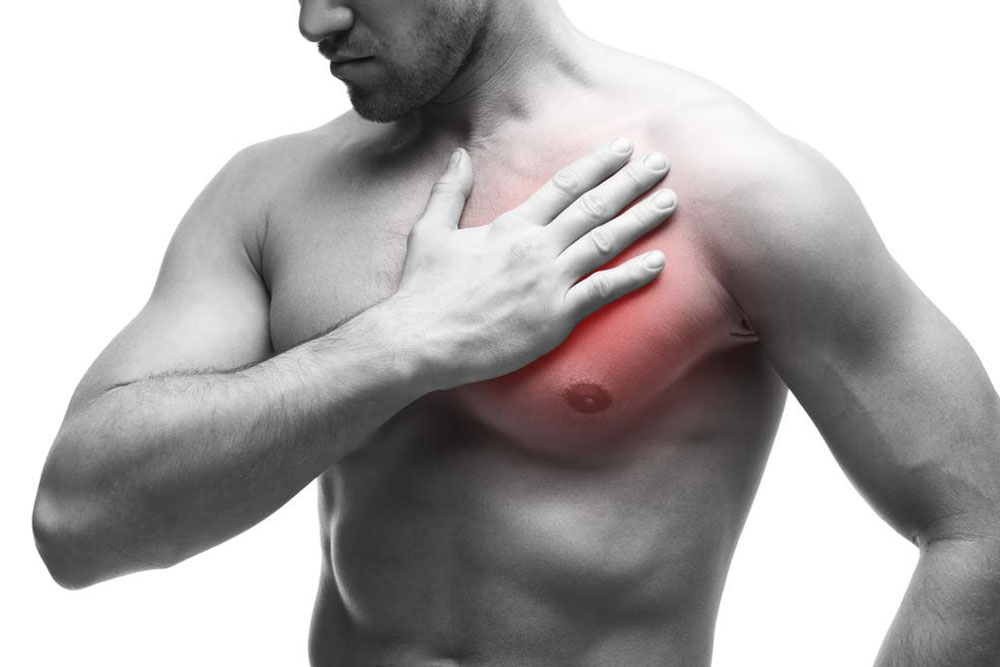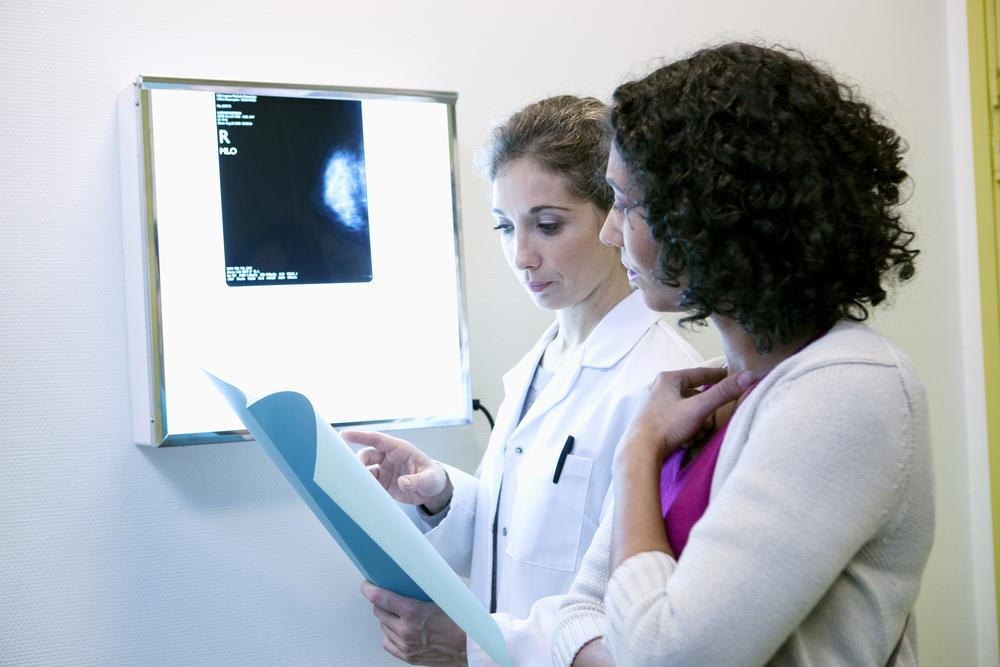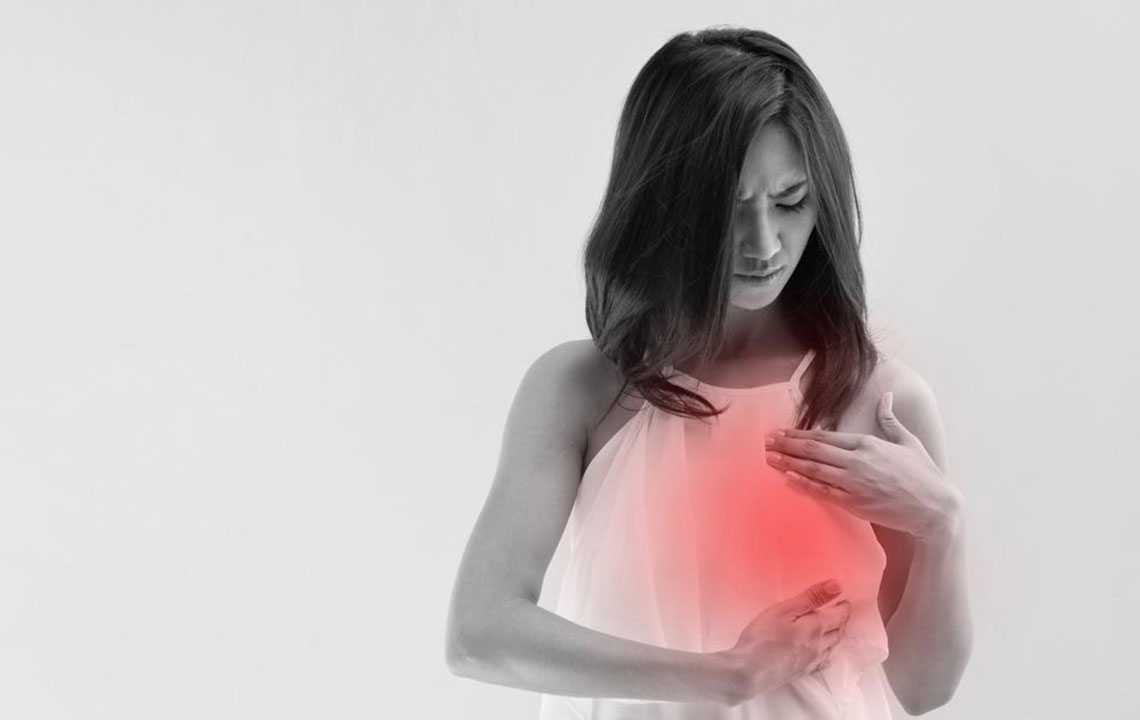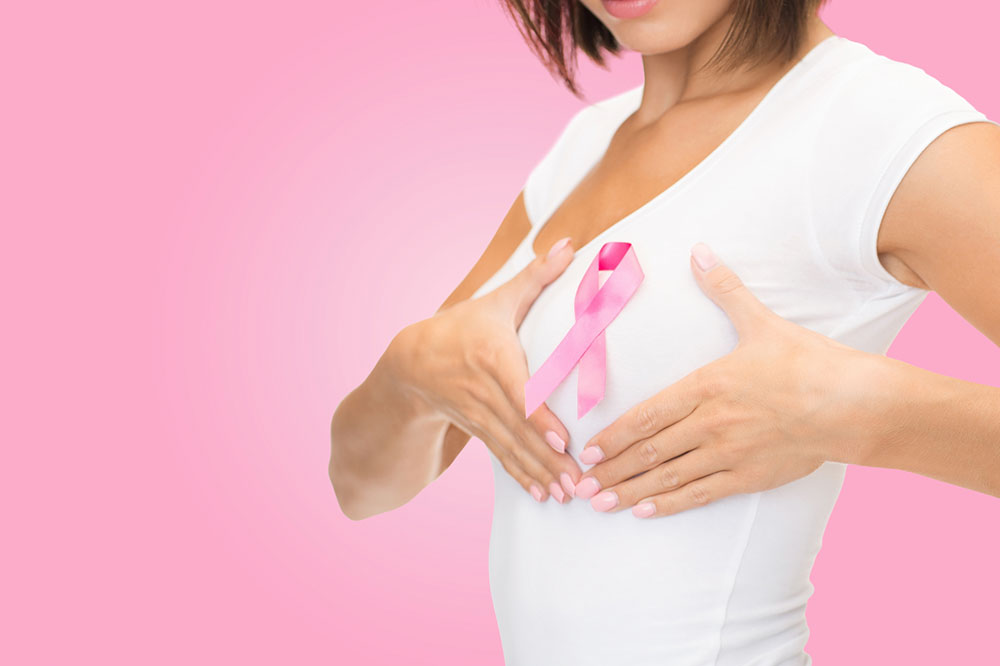Comprehensive Guide to Early Signs of Breast Cancer and How to Detect Them Promptly
This comprehensive guide emphasizes the importance of recognizing early signs of breast cancer, from visual changes and lumps to skin texture alterations and nipple discharge. It advocates for regular self-examinations, routine screenings, and understanding personal risk factors to facilitate early diagnosis. Proactive health practices and timely medical consultation are crucial for effective treatment and improved survival rates. Learn how to identify symptoms early and take control of your breast health today.
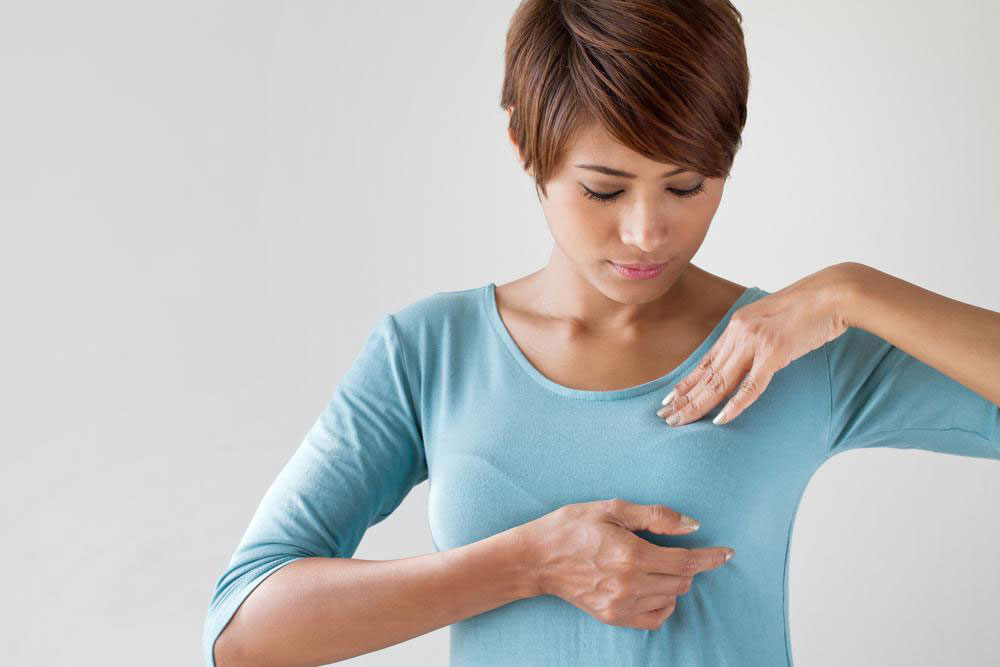
Understanding Early Symptoms of Breast Cancer for Timely Medical Intervention
Breast cancer remains one of the most common and potentially deadly cancers affecting women worldwide. The key to improving survival rates lies in early detection, which significantly increases the chances of successful treatment. While many associate breast cancer with the presence of a lump, the reality is that there are numerous other signs and symptoms that can indicate the early stages of this disease. Recognizing these indicators is vital for timely diagnosis and intervention. This comprehensive guide explores the various early symptoms of breast cancer, emphasizing the importance of regular self-examinations, routine screenings, and understanding risk factors to catch the disease at its earliest, most treatable stages.
Introduction: The Importance of Early Detection in Breast Cancer
Breast cancer continues to be a leading health concern for women worldwide, accounting for a significant number of cancer-related deaths. Advances in screening techniques, such as mammography, have been instrumental in detecting cancers early, often before any noticeable symptoms develop. However, relying solely on screenings is not enough; awareness of early signs and symptoms empowers women to seek prompt medical attention. This proactive approach can lead to earlier diagnosis, more effective treatments, and ultimately better outcomes.
Understanding the Risk Factors for Breast Cancer
Before diving into the symptoms, it’s essential to understand the factors that may increase the risk of developing breast cancer. Genetics play a significant role, especially if there is a family history of the disease. Women with close relatives diagnosed with breast cancer should consider genetic counseling and more frequent screenings. Other risk factors include age (the risk increases with advancing years), hormonal influences, lifestyle choices such as alcohol consumption, smoking, obesity, and exposure to radiation. Recognizing these risk factors helps tailor preventive strategies and screening schedules for higher-risk individuals.
Early Symptoms of Breast Cancer to Watch Out For
1. Changes in Breast Appearance
One of the earliest visible signs may be changes in the appearance of the breast. These can include skin alterations such as redness, dimpling, or puckering akin to the skin of an orange. Such changes often result from the tumor pulling or contracting the skin or underlying tissue. Additionally, differences in size or shape between the two breasts could signal underlying abnormalities. Nipple retraction or inversion, where the nipple turns inward instead of pointing outward, can also be an early warning sign. Monitoring these visual cues regularly can help prompt timely medical consultation.
2. Skin Texture and Color Changes
The skin over the breast may undergo notable changes, including developing a rash, crusting, or scaling. In some cases, the skin may become thicker or appear bumpy, which warrants medical evaluation. Discoloration or redness that persists despite cleaning or treatment could indicate inflammatory breast cancer, a particularly aggressive form of the disease that requires urgent attention.
3. Comfort and Sensation Alterations
Persistent changes in breast sensation are important indicators. These can involve new tenderness, swelling, or a feeling of heaviness. Pain that does not resolve or discomfort localized to a specific area should not be ignored. Nipple sensitivity may also vary, with some women experiencing increased sensitivity or, conversely, numbness. Such sensations often occur due to tumor growth affecting nerve pathways and tissue structures.
4. Breast Lumps and Masses
The presence of a lump or thickening in the breast tissue is one of the most recognizable symptoms. While not all lumps are cancerous, persistent or new lumps warrant prompt professional evaluation. Self-examination techniques help women detect these abnormalities early. It's essential to note the size, consistency (hard or soft), mobility, and whether the lump is painful, as these details can assist healthcare providers in diagnosis.
5. Unusual Nipple Discharge and Changes
Nipple discharge, especially if bloody, clear, or persistent, should be evaluated promptly. Changes in nipple appearance, such as scaling, peeling, or ulceration, can also be early signs of breast cancer. It’s important to distinguish these from benign conditions like infections or hormonal effects, but any abnormal discharge or appearance warrants consultation with a healthcare provider.
Routine Screening and Self-Examinations
Early detection depends heavily on regular screening practices. Mammograms are the gold standard for detecting asymptomatic breast cancers, especially for women over 40 or those at higher risk. In addition to professional screenings, self-examinations are a vital daily practice that women can perform monthly to familiarize themselves with their own breast tissue and detect abnormalities early. To perform a thorough self-exam:
Stand before a mirror with arms raised, inspecting for visible changes in shape, skin texture, or nipple position.
Feel for lumps or thickening with the pads of your fingers, using circular motions, both lying down and standing up.
Check for any skin changes or unusual nipple discharge during the process.
Women's health organizations recommend performing these exams monthly, ideally a few days after your period ends when breast tissue is less tender.
When to Consult a Healthcare Professional
If you notice any of these signs—such as a new lump, skin changes, nipple retraction, or persistent discomfort—it’s crucial to consult a healthcare provider immediately. Early professional evaluation can include clinical breast exams, imaging tests, and biopsies if necessary. Remember, early diagnosis can significantly improve treatment options and survival rates.
Preventive Measures and Lifestyle Choices
While some risk factors like genetics cannot be changed, adopting a healthy lifestyle can reduce your overall risk of breast cancer. This includes maintaining a balanced diet rich in fruits, vegetables, and whole grains, engaging in regular physical activity, managing weight, limiting alcohol intake, and avoiding smoking. Additionally, discussing screening options with your healthcare provider can help personalize your prevention plan based on your age and risk profile.
Conclusion: Staying Proactive for Your Breast Health
Early detection of breast cancer saves lives. Being vigilant about physical changes, adhering to recommended screening schedules, and understanding your personal risk factors are essential steps in maintaining breast health. Women should cultivate a habit of regular self-examinations and consult healthcare professionals promptly if any abnormalities arise. With awareness, proactive healthcare, and timely intervention, many women can successfully detect breast cancer early and achieve the best possible outcomes.
